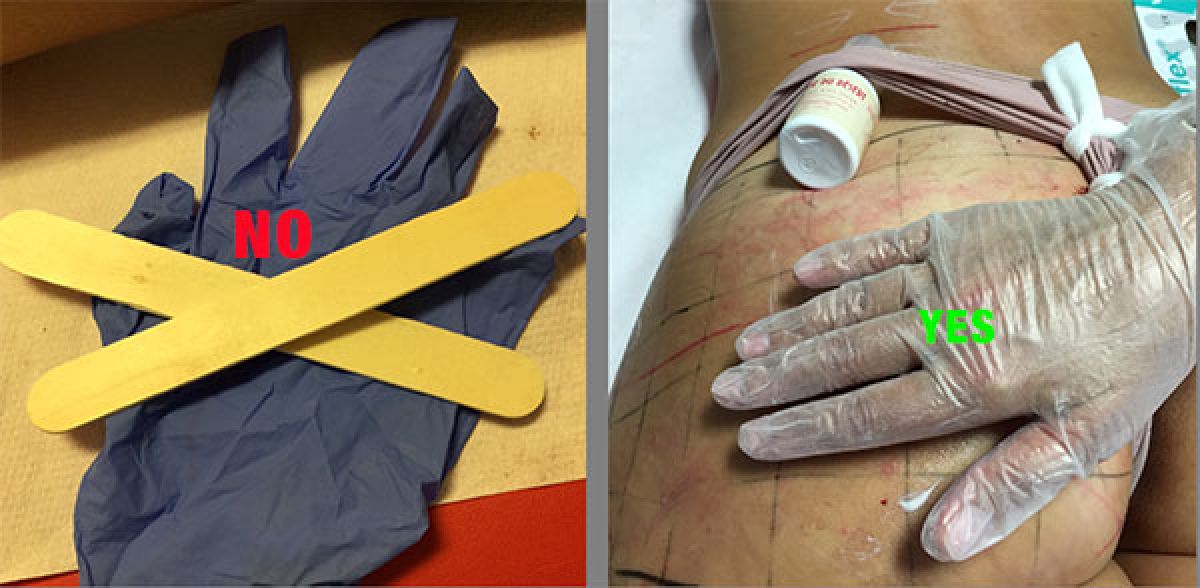Latex Allergy

LATEX ALLERGY OVERVIEW
Latex is a milky sap produced by rubber trees. The sap is blended with chemicals during manufacturing to give latex its elastic quality. Natural rubber latex is often found in rubber gloves, condoms, balloons, rubber bands, erasers and toys.
If you are allergic to latex your body treats latex as an allergen and sets off an allergic reaction. Latex allergies are most common in people who have regular exposure to latex products such as rubber gloves. That is why this allergy is most common among healthcare workers and people who have undergone multiple medical treatments.
Approximately 50% of people with latex allergy have a history of another type of allergy. Certain fruits and vegetables, such as bananas, chestnuts, kiwi, avocado and tomato can cause allergic symptoms in some latex-sensitive individuals.
Allergic reactions to latex range from mild to very severe. Every year, there are hundreds of cases of anaphylaxis, a life-threatening allergic reaction, due to latex allergy. The severity of allergic reactions to latex can worsen with repeated exposure to the substance.
Given the potential for a very serious allergic reaction, proper diagnosis of latex allergy is important. An allergist / immunologist has specialized training and expertise to accurately diagnose your condition and provide relief for your symptoms.
LATEX ALLERGY SYMPTOMS & DIAGNOSIS
Symptoms
There are different types of reactions that can occur upon contact with latex:
Delayed-type Contact Dermatitis
This condition appears 24 hours to 36 hours after contact with a latex product. Symptoms may include:
• Red skin
• Scaly skin
• Itchy skin
This type of reaction is usually triggered by the added chemicals in the rubber. Symptoms may be very irritating but typically not life-threatening.
In the most serious allergic reaction, symptoms occur within minutes and involve multiple systems in the body.
Symptoms involve one or more parts of the body and may include:
• Red rash (usually itchy and may have welts/hives)
• Red color to the body
DIAGNOSIS
If you think you might be allergic to latex, visit an allergist / immunologist to diagnosis your symptoms. Your allergist will take a thorough health history and then use tests to determine if you have allergies. Skin tests or blood tests are the most common methods for determining your triggers.
LATEX ALLERGY TREATMENT & MANAGEMENT
The only way to prevent an allergic reaction to latex is to avoid the substance.
Synthetic products are also safe. Substitutes for latex gloves, such as vinyl or nitrile gloves, should be used at all times by people with latex allergy.
If you have mild skin reactions from latex, anti-inflammatory medications may help relieve symptoms.
People at risk of a serious, anaphylactic reaction to latex should carry autoinjectible epinephrine everywhere in case of emergency.
CONCLUSION:WHAT TO DO WHEN YOUR PERFORM ENDOPEEL TECHNIQUES ON THE BODY
Never touch with your whole latex gloves the part of the body you are treating
Extremely important : Once you have finished to perform Endopeel, never make massage with a latex glove but use prefentially vinyl or nitril gloves.
